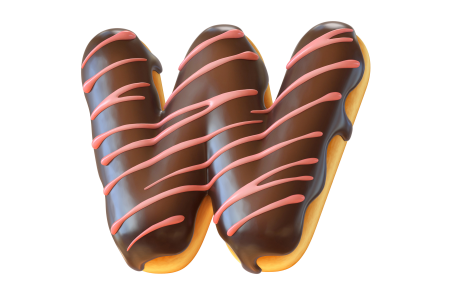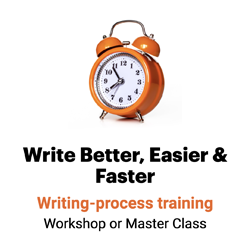Go beyond the five W’s
Who? What? When? Where? Why?
Those questions are journalistic tools that can help us find great life stories — or condemn us to a lifetime of cranking out just-the-facts-ma’am pieces.

Instead of seeking basic facts, shift focus. Richard Zahler of The Seattle Times suggests that when you’re interviewing for story, you let:
Who stand for character
What stand for plot
When stand for chronology
Where stand for setting
Why stand for motivation
Using this approach, “what,” for example, is transformed into questions like:
- “What happened next?”
- “What were you thinking when …?”
- “What made you say that?”
Those questions can lead to stories — not just the facts.
Beyond the five W’s
You know all about the five W’s. But what questions can you ask to make your piece an interesting story instead of just a report?
Get answers to these questions, three of my favorite interviewing queries:
1. So, as I understand it …
When writing, you need to be able to express technical language in your own words. Instead of waiting until you’re alone at your desk, translate key concepts into lay language during the interview and get your subject matter expert’s feedback.
2. What’s in it for our readers?
Don’t leave the interview without understanding the benefit to your readers. If you don’t know why your readers should care about this story, will they?
3. Would you give me an example of that?
People don’t understand ideas; they understand things. So the writer’s job is to translate ideas into things. This question will help you make your copy more accessible and interesting.
Types of questions to ask in the interview
I once worked with a communicator who went into each interview armed with a list of questions in a notebook. He’d leave three or four blank lines in between each question for writing the answers. I always wondered what he’d do if the subject-matter expert had more to say on the topic — cut her off?
Interviews should feel more like conversations than Q&As. Still, the best interviewers do start with a plan — an outline of points to cover if nothing else.
Before you conduct your interview, plan for these three types of good questions:
- Open-ended questions. “Why” and “how” questions get to motivation and approach. They encourage lengthy answers and can lead to good quotes.
- Closed-ended questions. Open-ended questions give you abstract information but little detail. Follow up with questions to get specific answers. As Roy Peter Clark, vice president and senior scholar at The Poynter Institute, says: “Get the name of the dog.” Closed-ended questions will give you color and detail.
- Questions to draw out anecdotes. Anecdotes — little stories — are among the best ways to get reader attention. It’s a good idea to find the central anecdote, one that can serve as your lead, before leaving the interview.
And avoid these three types of questions in your interview:
- Yes-or-no questions. They elicit yes-or-no answers.
- Long, complex questions. Ask a confusing question, get a confused answer.
- Multipart questions. How will you know which part the subject-matter expert is answering?
Add a sixth W.
Now, readers are looking for the answer to another “W,” says Rich Boehne, E.W. Scripps Co. chief operating officer:
“What’s next?”
“I preach constantly [that] in today’s environment, it’s much less about who, what, when and where,” Boehne says. “It’s about why and what’s next. In an environment where you do have a multitude of voices, the opportunity to bring context and color and perspective is I think our real role.”
Good point. So don’t forget to ask “What’s next?” when interviewing subject matter experts from the CEO to the intern.
That just might keep your reader from responding to your messages with the one “W” communicators are trying to avoid:

Leave a Reply